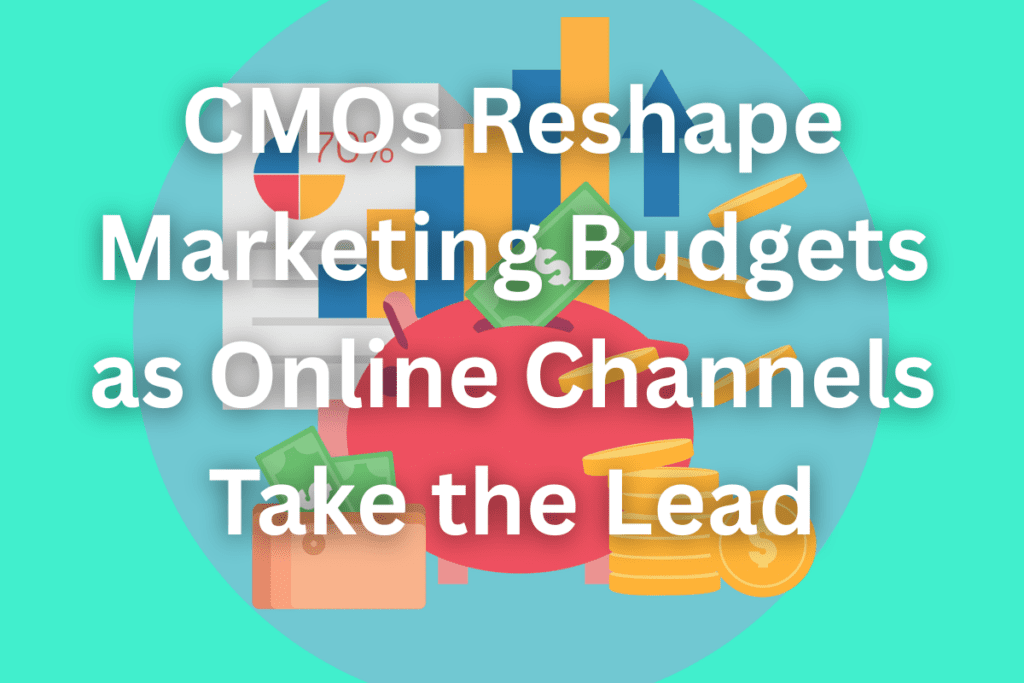Who would have thought that Lego sets could become serious investments? The Wall Street Journal recently reported that the biggest online database for collectible Lego sets is now worth $1.2bn (€1.12bn), and investors often see profits in the range of 150% to 250%.
This means that many adults are now turning to Lego as an asset class, buying sets at a discount when on sale, waiting for stock to run out, and then selling it at a premium after a number of years.
Collectible Lego sets are attracting investors looking for a safe and profitable alternative to the recent volatility and unpredictability of stocks and bonds. Here’s how Lego investing works. https://t.co/A2XwnKytlV
— The Wall Street Journal (@WSJ) January 15, 2023
The Appeal of Investing in Lego Sets
In today’s uncertain economic climate, more people are beginning to look for alternative investment opportunities with higher returns than traditional stocks and bonds. Enter Lego sets! With prices ranging from tens to thousands of dollars, these collectible sets offer an affordable way to invest compared to other asset classes like wine or art. Furthermore, Legos have a timeless appeal—they’re fun for kids and adults alike!
Another appeal of investing in Lego sets is their worldwide popularity. While some collectors may focus on one particular region or theme (such as Star Wars or Harry Potter), others take a more global approach and purchase popular sets from all around the world. By doing so, they can diversify their portfolios without spending too much money up front. Plus, if they hold onto those sets long enough, they might be able to sell them at a profit when interest in them increases down the road.
The Role of Marketing in the Growth of Lego Investing
Lego sets have been around since the 1930s, but it wasn’t until recently that they started gaining traction as an investment option. This is in large part due to the company’s marketing strategy—which has seen them focus on creating collections with potential for long-term growth. As a result, Lego sets are now seen as a viable asset class for savvy investors, and the market for them is only growing.
Furthermore, Lego has released an array of new sets in recent years that have garnered widespread attention from collectors. Whether it’s the Star Wars Millennium Falcon or the Taj Mahal set, these limited-edition products are often sold out within days and have been known to resell for much higher prices. This has further cemented Lego’s status as a viable asset class and made them even more appealing to investors.
The Risk of Investing in Lego Sets
While investing in collectible Lego sets can be profitable, it is also risky. Prices can fluctuate wildly depending on market conditions and the level of demand, so it’s important to do your research before investing in any particular set. Additionally, there is no guarantee that a particular set will appreciate in value over time—its future could just as easily be worth less than what you paid for it.
Overall, investing in Lego sets can be a great way to diversify your portfolio, but it’s important to do your research and understand the risks before committing any money. With the right strategy and a bit of luck, you could be the proud owner of a valuable collection that appreciates in value over time.
What to Look For
If you’re thinking about investing in Lego sets as an asset class, there are some important tips you should keep in mind. First off, know your market—research popular themes and trends before committing any money to your purchases. Additionally, try not to get too attached—it can be hard not to form an emotional connection with certain pieces but remember that you’re investing for profit rather than pleasure!
Finally, don’t forget about the secondary market—this is where you can potentially find some nice deals on older or limited-edition pieces that may be worth more down the road.
Investing in Lego more lucrative than gold, study suggests https://t.co/RRzpZXVm9n
— Guardian news (@guardiannews) December 10, 2021
What We Can Learn From Lego Investing
Lego sets are a great example of how alternative investments can be profitable if you do your research and understand the risks involved. By taking a global approach to investing, collectors can diversify their portfolios without spending too much money up front. Additionally, understanding popular themes and trends as well as taking advantage of secondary markets can help maximise returns while minimising risk. Finally, it’s important to remember that investing in collectible Lego sets is just as risky as any other type of investment—so it’s important to do your research and be aware of the potential risks before committing any money.
Overall, investing in Lego sets is a great way for both kids and adults to get a taste of the world of investing. By understanding the risks and being vigilant about researching trends and markets, investors can diversify their portfolios while having a bit of fun in the process!
A Note on the Future of Lego Investing
Lego investing is still in its infancy, and it’s difficult to predict what the future holds. With new sets regularly released and companies such as eBay providing platforms for collectors to buy and sell their pieces, the potential for profits is great. Ultimately, however, investors should keep in mind that no investment comes without risk—so do your due diligence and understand the potential risks before you commit any money.
With a bit of luck and the right strategy, investing in Lego sets can be a great way to diversify your portfolio and make some profits along the way!
Conclusion
Investing in Lego sets has become increasingly popular over the last few years as people look for alternative ways to make money in today’s uncertain economy. With prices ranging from tens to thousands of dollars per set and potential profits in the range of 150% – 250%, it’s no wonder why adults are turning towards this toy-based asset class for serious returns.
However, just like with any other asset class, it’s important to do your research beforehand so you know what kind of return on investment you can expect before making any hasty decisions! Good luck!









